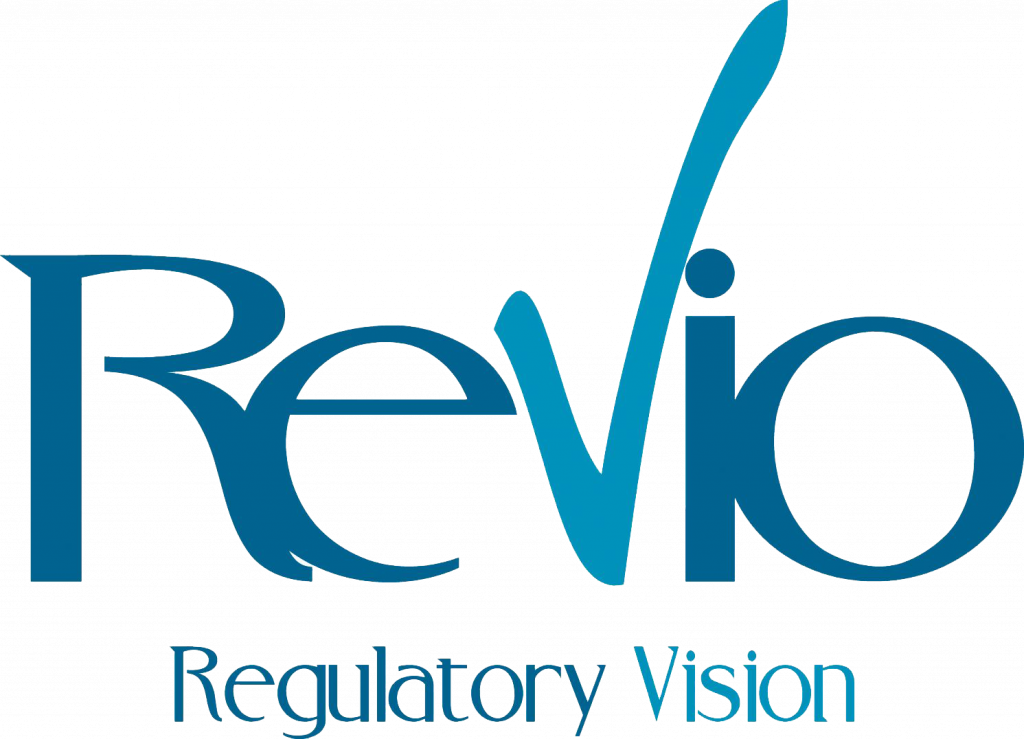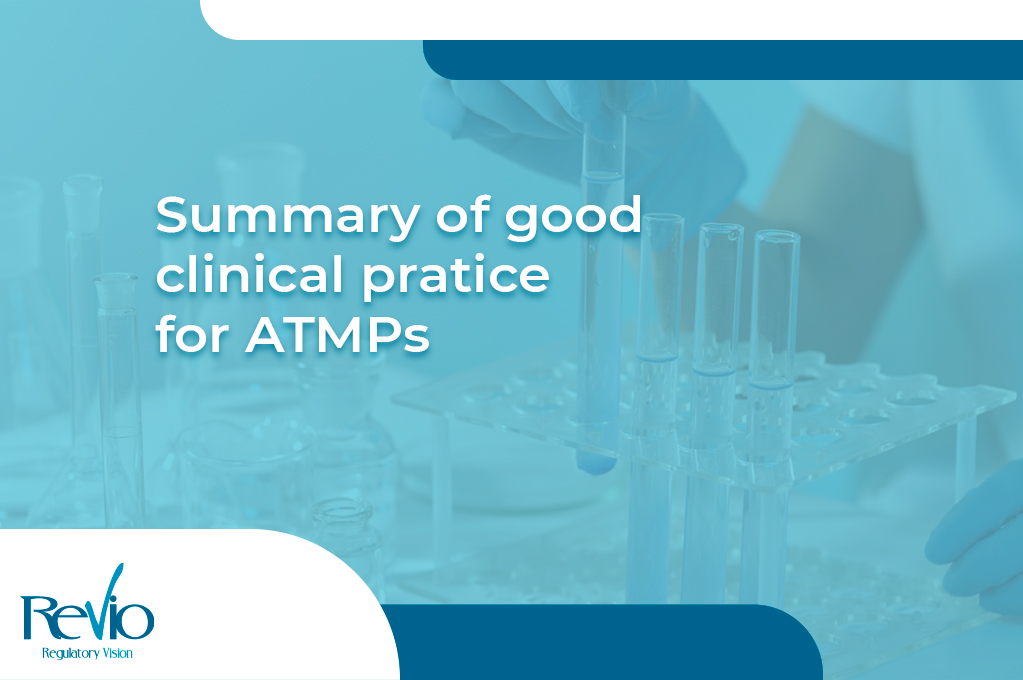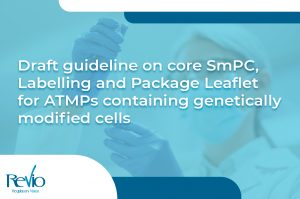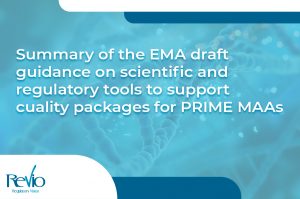Challenges to design and conduct ATMP trials
- Manufacturing constraints and short shelf-life may require the implementation of tight controls on logistical arrangements.
- Mode of application may imply difficulties in the use of placebo, controls and/or may require specific training.
- Long-term effects may require specific arrangements for long-term follow-up of the subjects.
- Lack of relevant non-clinical data.
General principles of GCP of ICH Guidelines are applicable to clinical trials with ATMPs
But in some cases, the implementation of additional measures may be necessary:
- Traceability requirements for ATMPs that contain cells or tissues of human origin,
- Follow-up of patients after end of the clinical trial,
- Training on upstream intervention of subjects and/or administration procedures.
Clinical Trial Design
- Study population
- Sensitisation and compromise future transplant success.
- Life-threatening diseases: risk that the trial subjects may not survive until the administration of the ATMP.
- Cohorts: Depends on disease prevalence and manufacturing capacity.
- Comparators & Blinding
- Subjects should be maintained blinded.
- If investigator is unblinded, outcome assessment by blinded observer(s) should be considered.
- Placebo: Minimal risk for subjects receiving placebo if invasive procedures are required i.e. collection of cells.
- Dosing: Dose escalation may not be necessary or appropriate.
- End of the trial: Clearly defined the event that marks the end of the trial (long term FU activities).
Non-clinical studies
- Animal models may not be capable of providing reliable information on the safety of the treatment due to the problems of incompatibility between humans and animal species.
- Testing animal cells in animal models does not permit to predict the safety profile of the ATMP.
Safe conduct of the clinical trial
- Information on the product: ATMPs long-term safety issues (infections, immunogenicity/immunosuppression and malignant transformation).
- Handling of ATMP
- Risk-minimisation measures: i.e. if results of the sterility test of the product are not available at release. Liaison with clinical staff where out of specification (for sterility) are obtained.
Upstream interventions on subjects and administration procedures
- Autologous setting: the process of extracting cells may have risks to the subject and impact on the quality and safety of the product. When such processes deviate from standard clinical practice (e.g. the collection of cells through leukapheresis but leukapheresis requires specific adaptation), they should be clearly explained.
- In the case of complex administration procedure: training should be provided.
- The presence of the sponsor (or representative) during the administration/upstream collection of ATMPs is only acceptable if it is duly justified. This should be explained in the informed consent.
Traceability
Retention of samples
- Retention of samples of ATMP may be challenging due to the scarcity of the materials. Due to this intrinsic limitation, it is justified not to keep samples in the case of autologous ATMPs and certain allogeneic ATMPs.
- In cases where a sample of the investigational product cannot be kept, photographs or copies of the label should be retained.
Protection of clinical trial subjects
- Inform consent:
- Irreversible nature of the ATMP.
- Long-term FU and/or arrangements for remote FU should be clearly communicated.
- Subject should be informed when the sponsor (or representative) is present in upstream collection of cells/tissues and/or administration procedure.
Safety reporting
Monitoring (Cells or tissues of human origin: traceability requirements).




